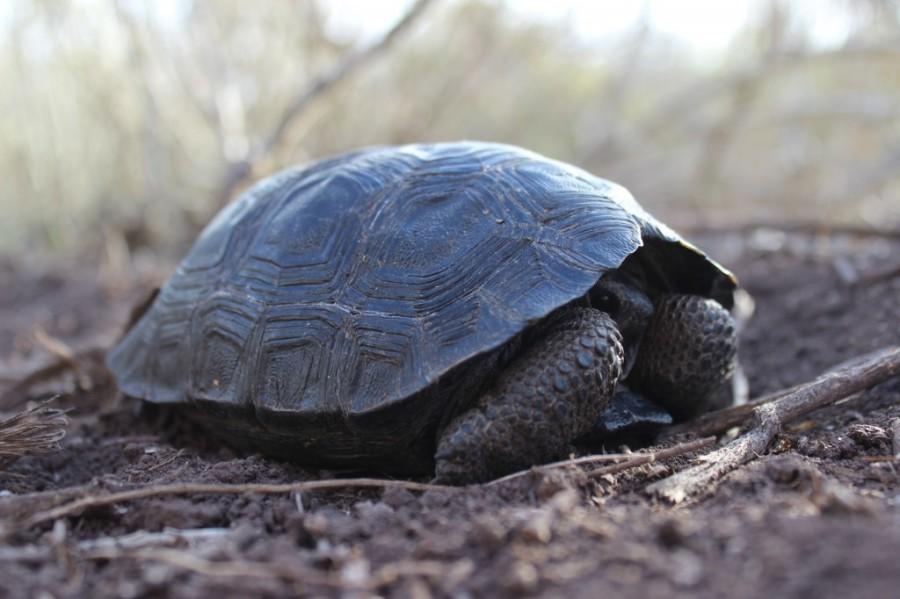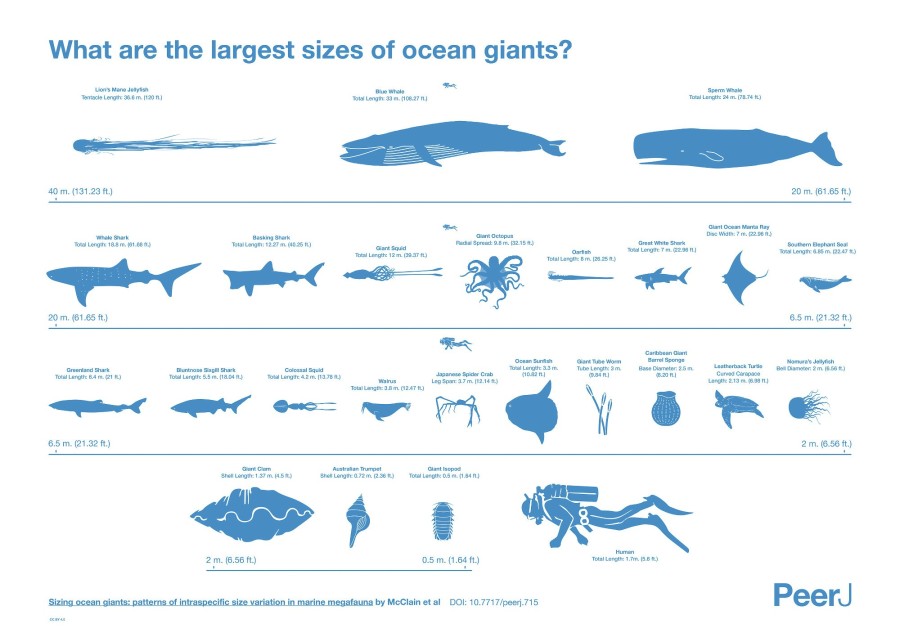Rhinos have been killed, their horns taken for aesthetic and pseudo-medicinal properties for thousands of years. Many different groups of people throughout history used rhino horn for different things. The Greeks thought that it purified water and the Persians thought that it could detect poisoned liquids. The most prevalent use of the horn however, continues to be in Asian countries like China, where it is used as for a cure-all for many different sicknesses. Rhino horns are similar to horses’ hooves, they are composed of keratin, the same thing human hair and fingernails are made of. And their worth is completely socially constructed.
The rhino horn trade has also recently made its way to Vietnam, where it is sold as a cure from anything from a hangover to cancer. Being able to buy a rhino horn is also a social status symbol. The organization TRAFFIC, a wildlife trade monitoring network, conducted a survey that concluded that the main motivation to purchase a rhino horn was a reaffirmation of social status, rather than a purely medical motivation.
As of September, 730 rhinos have been killed in South Africa in 2014 alone. Accounting for poaching habitat loss, the South African parliament officials have speculated that “by 2019 we will only see or hear rhinos on Google or in the library.”
This is a huge jump in poaching, which began to really increase in 2008 when 83 rhinos were killed, and 122 were killed in the following year. By 2012, 688 rhinos were poached for their horns, and 1,004 were killed in 2013. The rhino population is rapidly dwindling, while the human thirst for their horns seems to be growing exponentially every year.
Although rhino horn trade has been banned internationally under CITES (Convention on International Trade in Endangered Species of Fauna and Flora), it still exists, especially in Asian countries like Vietnam, China and Yemen. And the good news is that many people are starting to realize that the horn has no medicinal value, creating a dip in rhino horn trade. But the worldwide demand for this expensive commodity (it can be worth up to $100,00 for a kilogram) still exists.
There are many solutions to this ancient issue being considered by world leaders, like dehorning, which leaves the rhino with a nub rather than a full horn. Unfortunately this doesn’t always stop poachers. Another controversial solution is legalizing the rhino horn trade hopefully eliminating the monopoly poachers have on the rhino horn market. No solution can be considered completely on its own and the first priority in this issue must be the immediate protection of the surviving rhinos, which is easier said than done. Hopefully the world won’t be rhino-less by 2020.
Here are some links to basic rhino info and the rhino horn trade:
http://www.savetherhino.org/rhino_info/threats_to_rhino/poaching_for_traditional_chinese_medicine
http://www.rhinos.org/25-things-you-didn-t-know-about-rhinos



